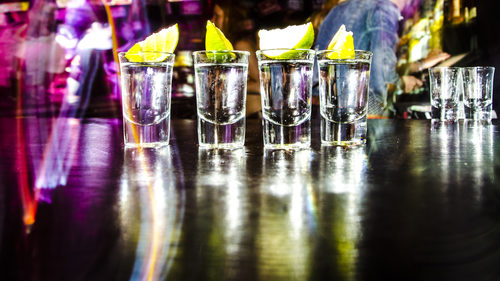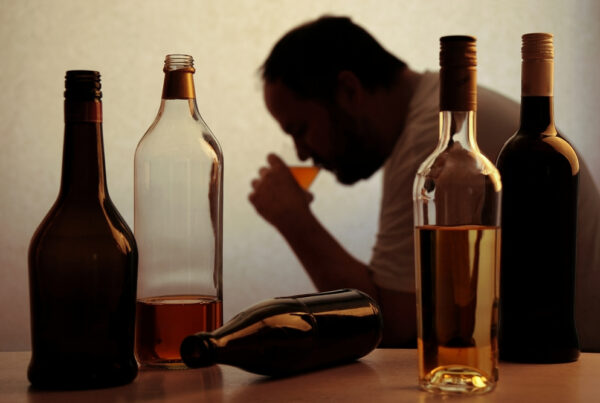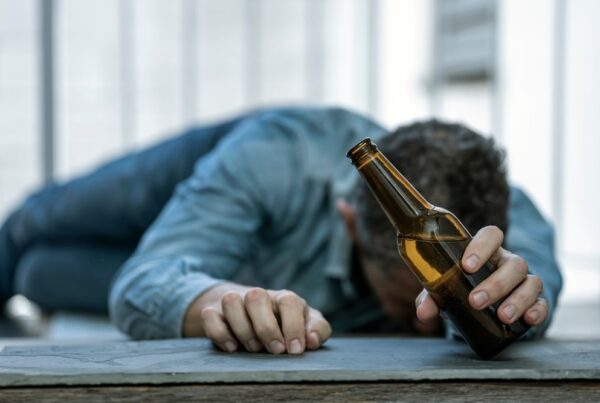As years continue to pass from when alcohol was prohibited in America, and that time is set further back in history, the cultural norms surrounding alcohol consumption in America continue to evolve. What was once considered as risky, unlawful, and rebellious, drinking alcohol has now not only become normalized and accepted in American culture, but also is widely and overtly advertised on all platforms. The undercurrent of normalcy of excessive alcohol consumption as portrayed by cultural influencers for example, has helped to cultivate perhaps an unwarranted acceptance of behaviors surrounding alcohol. Although drinking alcohol is legal for individuals over the age of twenty-one in America, developing unhealthy drinking habits and patterns can lead to developing alcohol use disorder (also known as alcoholism). Uncontrolled drinking and preoccupation with alcohol characterize alcohol use disorder. Though alcohol use disorder is not listed in the Diagnostic and Statistical Manual of Mental Disorders, Fifth Edition (DSM-5) as a standalone mental health illness, it is included under substance use disorder.
What Is One Drink?
There are a variety of alcoholic beverages available, and each contains a different amount of alcohol. Even though alcoholic beverages can be served and are packaged in different sizes, the United States considers one standard drink as a beverage that contains approximately 14 grams (0.06 fluid ounces) of pure alcohol. Examples of one standard drink, as provided by the Mayo Clinic, include:
- 12 fluid ounces of regular beer (which is about 5% alcohol)
- 8-9 fluid ounces of malt liquor (which is about 7% alcohol)
- 5 fluid ounces of wine (which is about 12% alcohol)
- 1.5 fluid ounces of distilled spirits (which is about 40% alcohol)
The customary serving size of alcoholic beverages may not reflect nor necessarily match what the United States recognizes to be a single standard drink.
Binge Drinking
Binge drinking is when an individual exhibits a pattern of drinking an excessive amount of alcohol that leads to the elevation of his or her blood alcohol concentration (BAC) level to reach above 0.08% or more. According to the Centers for Disease Control and Prevention (CDC) “This pattern of drinking usually corresponds to 5 or more drinks on a single occasion for men or 4 or more drinks on a single occasion for women, generally within about 2 hours.” It is considered heavy drinking when a male consumes fifteen or more alcoholic drinks per week or a female consumes eight or more drinks per week. Binge drinking is not healthy. Further, an individual that prioritizes drinking alcohol, without regard for consequence may be struggling with alcohol use disorder.
For Information and Support
If you are concerned for yourself or a loved one in regards to substance abuse and/ or addiction we recommend reaching out for help as soon as possible. If left untreated, substance abuse can result in long lasting and potentially life-threatening consequences. Keep in mind: you are not alone! There is an entire network of professionals that are available to help and support you and your loved one throughout the recovery process. The earlier you seek support, the sooner your loved one can return to a happy, healthy, and fulfilling life.
Please do not hesitate to reach out with any questions regarding our specific program at Haven House Addiction Treatment and/ or general substance abuse and/ or addiction treatment related information. Our highly trained staff is readily available to discuss how we might best be able to help you and your loved one. We can be reached by phone at 424-258-6792. You are also welcome to contact anytime us via email at admissions@hhtxc.com.



